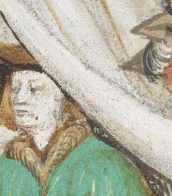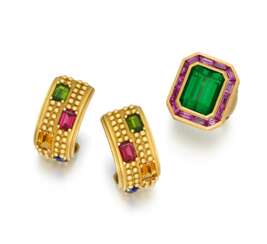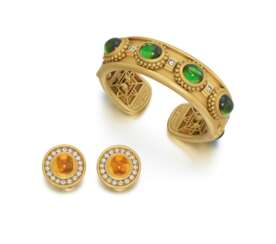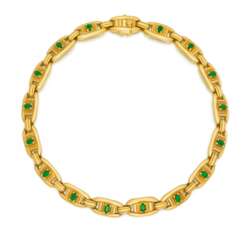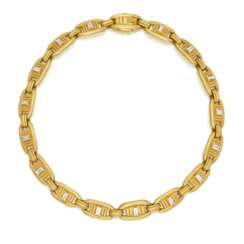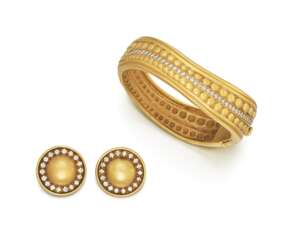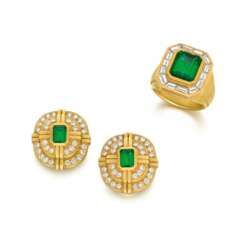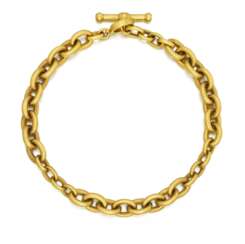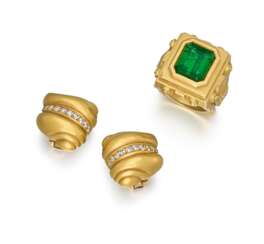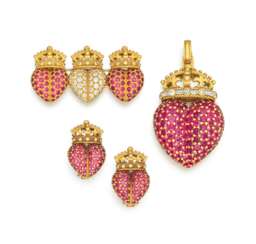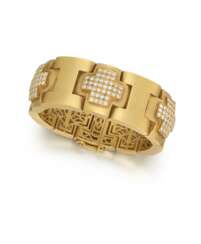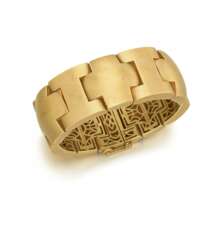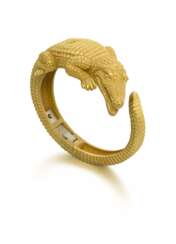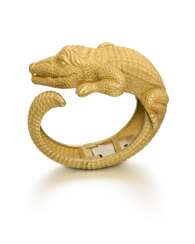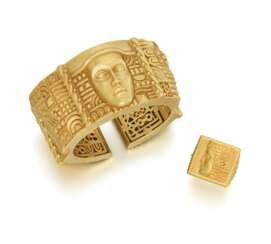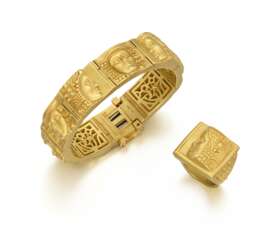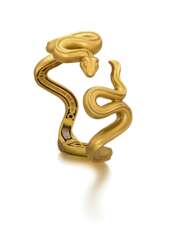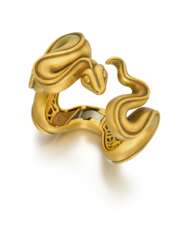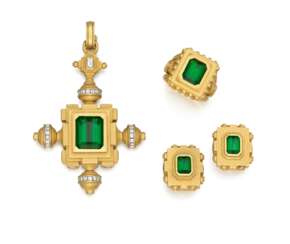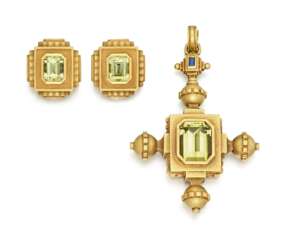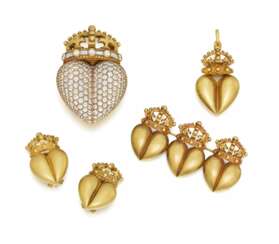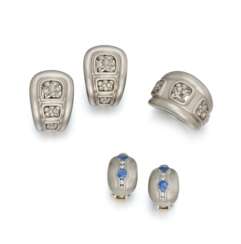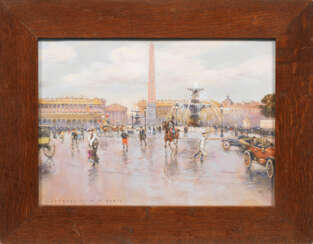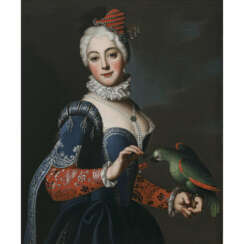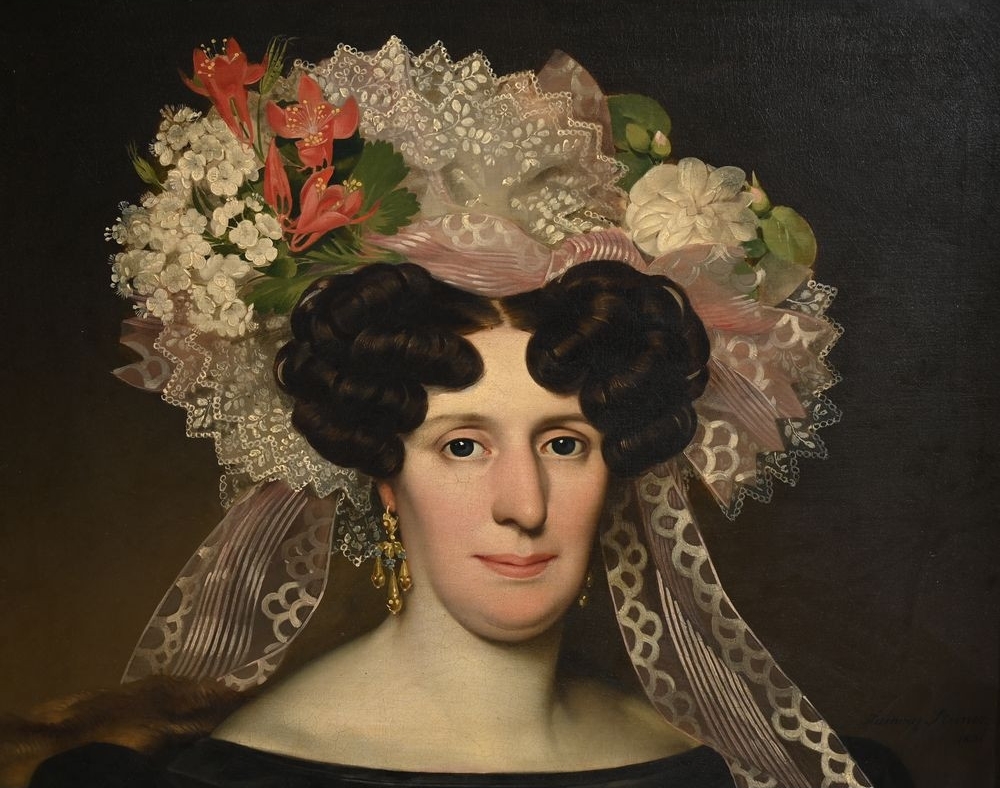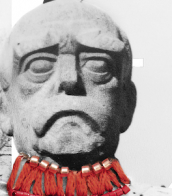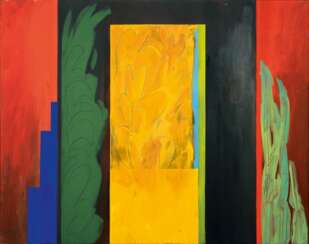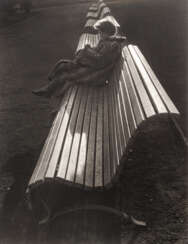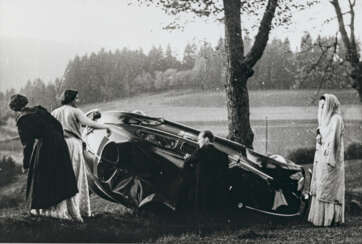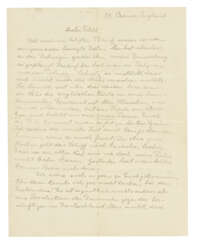stein
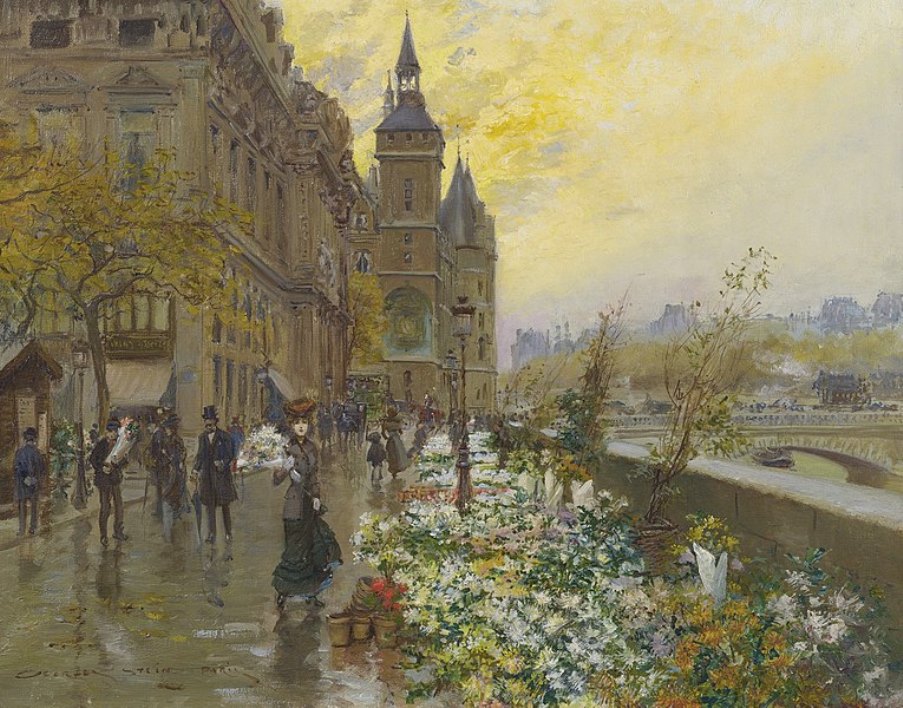
Georges Stein, née Séverin Louis Stein, was a French impressionist painter and member of the Société Française des Artistes.
First of all Stein is known for his vivid sketches of the urban bustle of Paris, London, Geneva... Townspeople in his paintings are always rushing somewhere, despite inclement weather and wind, day and night. The artist carefully worked with the game of light and colors, giving dynamics to the depicted scenes.
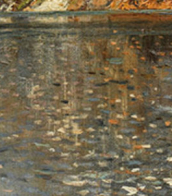
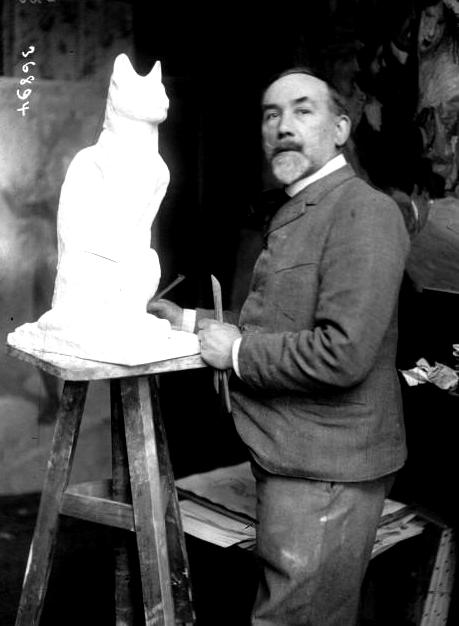
Théophile Alexandre Steinlen was a French painter, graphic artist, etcher, and illustrator of Swiss origin who worked in the Realist and Art Nouveau styles.
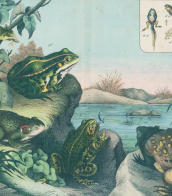
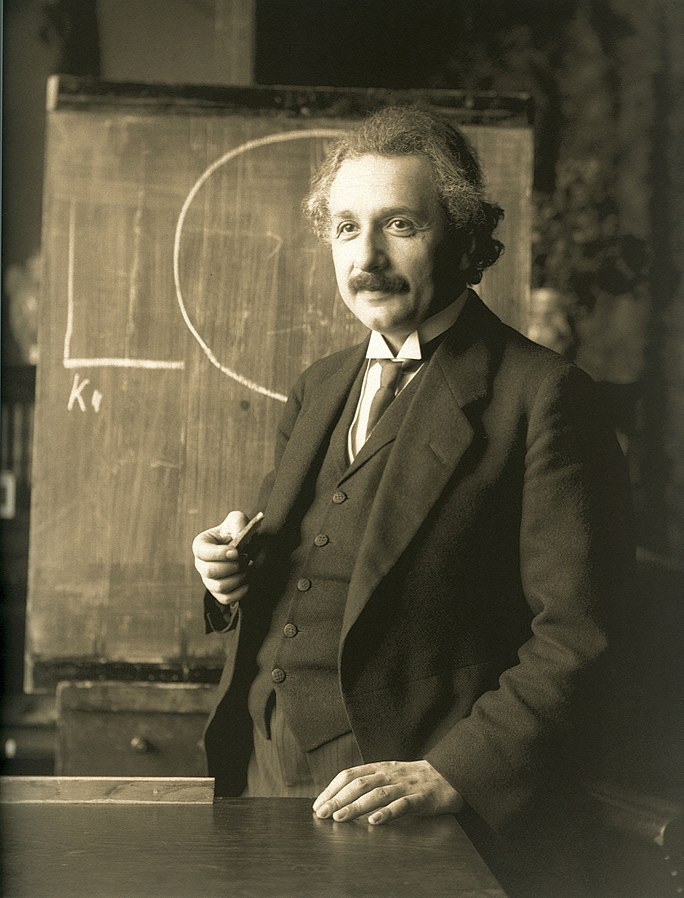
Albert Einstein was a German-born theoretical physicist, widely acknowledged to be one of the greatest and most influential physicists of all time. Einstein is best known for developing the theory of relativity, but he also made important contributions to the development of the theory of quantum mechanics. Relativity and quantum mechanics are together the two pillars of modern physics. His mass–energy equivalence formula E = mc2, which arises from relativity theory, has been dubbed "the world's most famous equation". His work is also known for its influence on the philosophy of science. He received the 1921 Nobel Prize in Physics "for his services to theoretical physics, and especially for his discovery of the law of the photoelectric effect", a pivotal step in the development of quantum theory. His intellectual achievements and originality resulted in "Einstein" becoming synonymous with "genius".


Théophile Alexandre Steinlen was a French painter, graphic artist, etcher, and illustrator of Swiss origin who worked in the Realist and Art Nouveau styles.
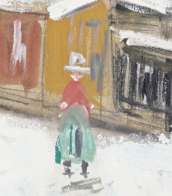
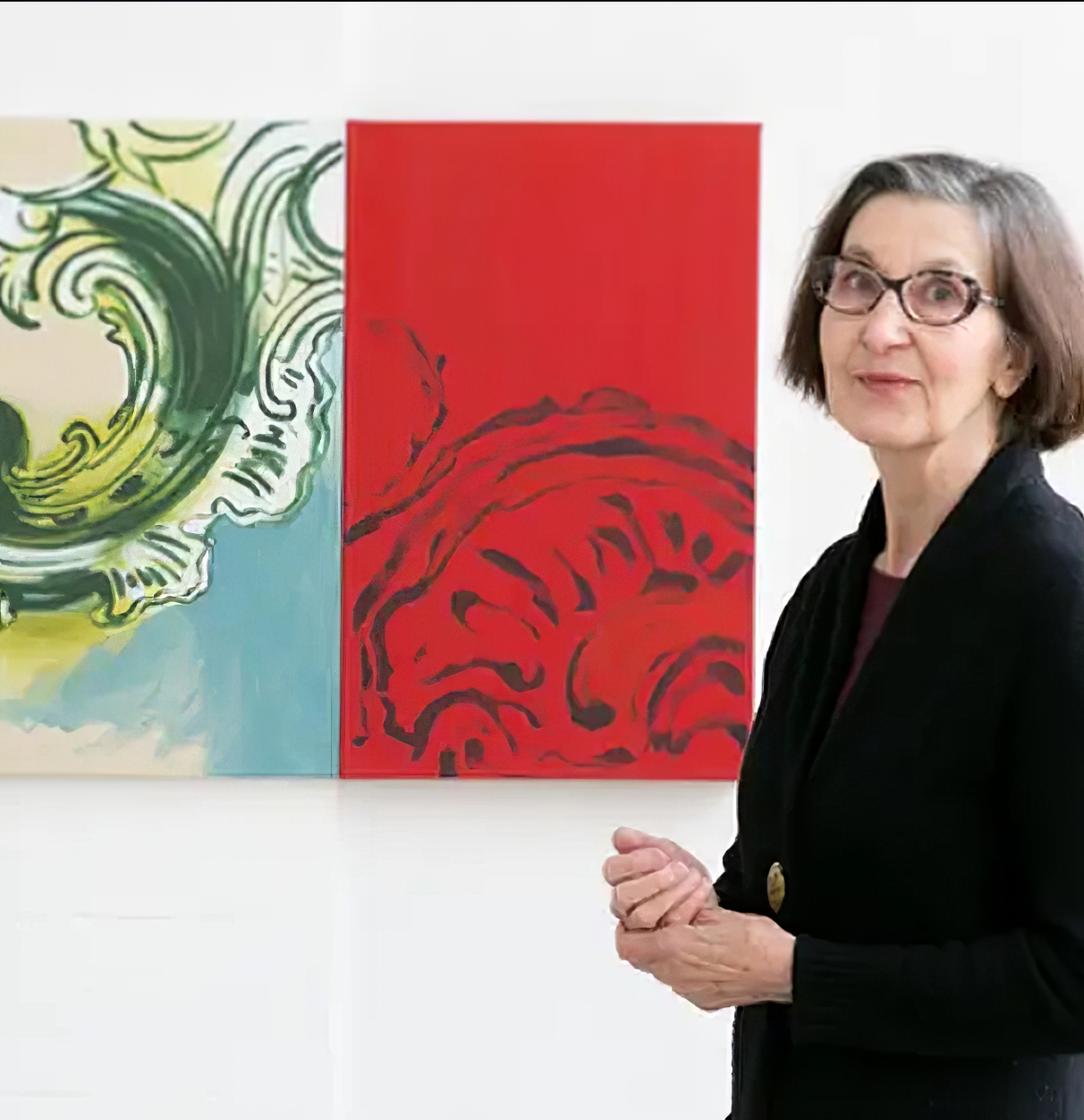
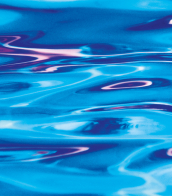
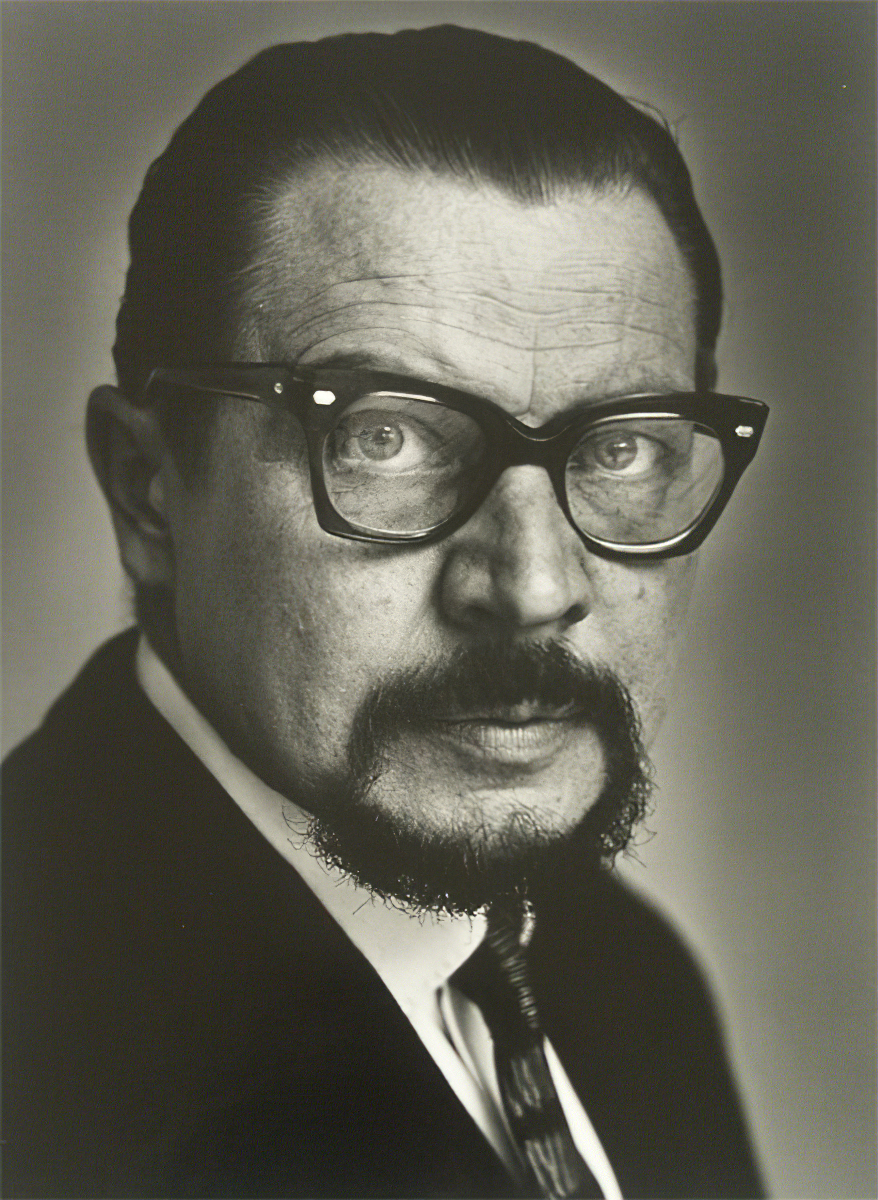
Otto Steinert was a German photographer.
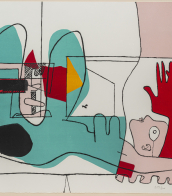
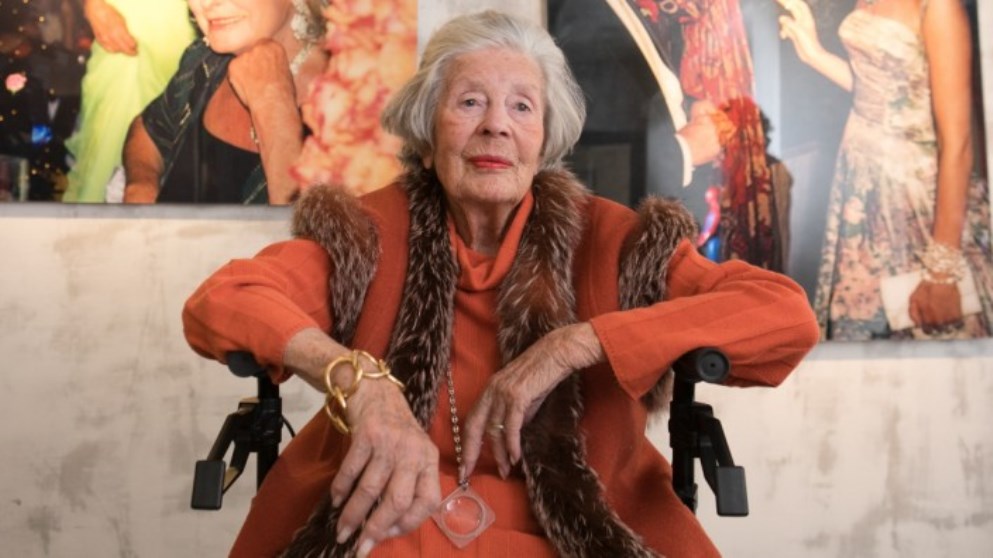
Marianne "Manni" Sayn-Wittgenstein-Sayn, real name Maria Anna Sayn-Wittgenstein-Sayn, née Mayr-Melnhof, is a dowager princess and Austrian photographer.
On her mother's side, Maria is a direct descendant of Empress Maria Theresa, which has opened all doors of aristocracy, business, politics and art to her. She was encouraged to take up photography by Lilly Palmer and Karl Lagerfeld after her husband died in 1962. Soon she was working with Frau im Spiegel magazine, then Bunte and Vogue.
Wherever she was - skiing in St. Moritz, on a yacht, at parties and weddings, in Europe and in America, Maria photographed everyone around her: Onassis and Maria Callas, Prince Charles, Gianni Agnelli, Romy Schneider, Luciano Pavarotti, the Queen Mother or King Juan Carlos. During her lifetime she photographed many world celebrities. By her centenary, Maria had more than 300,000 of her photographs in her archive.
Maria never took immodest or offensive photos of her friends. Princess Caroline of Monaco once joked, "You're not a paparazzi, you're a mamarazza," thus the nickname Marianne Sayn-Wittgenstein-Sayn was born.
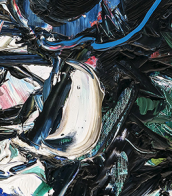

Albert Einstein was a German-born theoretical physicist, widely acknowledged to be one of the greatest and most influential physicists of all time. Einstein is best known for developing the theory of relativity, but he also made important contributions to the development of the theory of quantum mechanics. Relativity and quantum mechanics are together the two pillars of modern physics. His mass–energy equivalence formula E = mc2, which arises from relativity theory, has been dubbed "the world's most famous equation". His work is also known for its influence on the philosophy of science. He received the 1921 Nobel Prize in Physics "for his services to theoretical physics, and especially for his discovery of the law of the photoelectric effect", a pivotal step in the development of quantum theory. His intellectual achievements and originality resulted in "Einstein" becoming synonymous with "genius".
